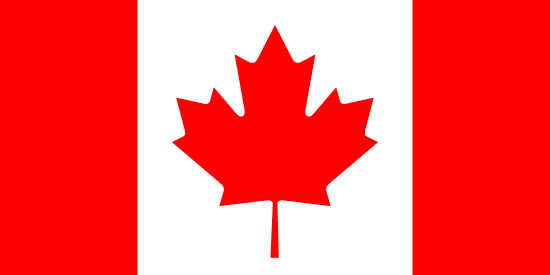"City of Legends | City of Legends"
About:
St. John's, the capital of Newfoundland and Labrador, Canada, was founded by the British in the 16th century. It is one of North America's oldest cities with a rich history marked by fishing, naval significance, and a vibrant culture. The city faced major destruction from fires in the 19th century but was rebuilt each time. St. John's grew rapidly during the 20th century, especially after Newfoundland joined Canada in 1949. Today, it's known for its colorful row houses, historic sites, and maritime heritage.
When to visit:
St. John's, Newfoundland is a vibrant and historical city that offers a unique blend of culture, nature, and maritime charm. The best time to visit St. John's for a holiday is during the summer months, from June to August, when the weather is mild and pleasant for exploring the city's attractions and outdoor activities. This period also coincides with various festivals and events, such as the St. John's Regatta, making it an ideal time to experience the local culture. However, visitors should be prepared for potential foggy and rainy days, as the city's maritime climate can be unpredictable.
When to avoid:
The worst time to travel to St. John's, Newfoundland on a holiday is during the winter months, particularly from January to March. This period experiences harsh weather conditions with heavy snowfall, strong winds, and below-freezing temperatures. Many attractions and outdoor activities may be closed or limited during this time, making it less enjoyable for tourists. It is advisable to plan your trip to St. John's during the milder months of spring, summer, or fall to fully appreciate the beauty and charm of this coastal city.
Winter (Dec–Feb)
In St. John's, Newfoundland, the coldest part of the year is from December to February, with temperatures ranging from -1°C to -9°C. Snowfall is frequent, often heavy, contributing to the 336cm average annual snowfall. The wettest month is November, with an average rainfall of 125mm. Days are short with around 8 hours of daylight in December. Cloud cover is significant, with the sky overcast or mostly cloudy about 65% of the time. An average day for a visitor might include bracing walks in the snow, cozy fireside meals, and observing the stark winter beauty.
Summer (June-August)
In St. John's, Newfoundland and Labrador, the warmest part of the year is typically from June to September, with the peak in July and August. During these months, average high temperatures range from 16°C (60°F) to 20°C (68°F) and lows from 9°C (48°F) to 13°C (55°F).
Rainfall is fairly well-distributed throughout the year, but the summer months can be slightly drier with an average of 80-100mm of rain per month. The city is known for its foggy weather, and summer is no exception, with foggy mornings often giving way to clear afternoons.
The summer months in St. John's also offer the longest days, with up to 16 hours of daylight in June and July. The city gets on average 5-6 hours of actual sunshine per day during summer, but cloudy days are common due to the Atlantic influence.
Humidity levels tend to be moderate during the summer, with relative humidity averaging around 80%. However, the cool ocean breezes help to moderate the feel of the humidity.
A typical summer day for a visitor would start with a cool, foggy morning, gradually warming up as the fog lifts. Afternoons are generally pleasant, with temperatures comfortable for outdoor activities. It's advisable to carry a light jacket or sweater even in summer, as temperatures can drop in the evenings or when the fog rolls in.
Despite the variable weather, the summer months are a great time to explore St. John's beautiful coastal scenery, historic sites, and vibrant culture.
Language:
In St. John's, the capital of Newfoundland and Labrador, Canada, the most commonly spoken language is English. Due to the city's historical ties to Ireland and the United Kingdom, the English spoken here often carries a distinct accent influenced by Irish, Scottish, and West Country English dialects.




